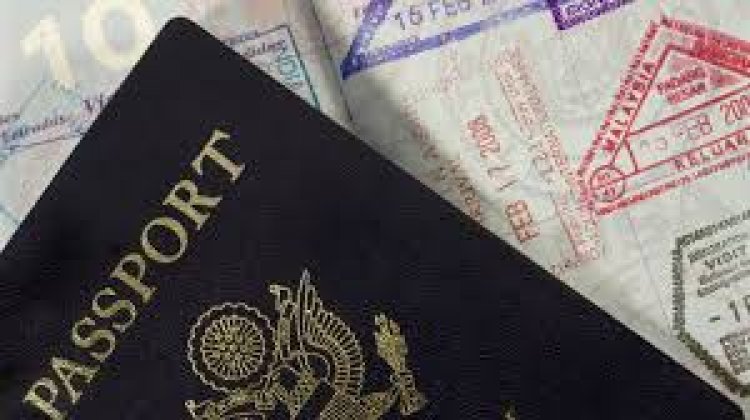How Long's the Wait for Domestic Violence Visas?
Learn about the domestic violence visa processing time in the UK. Understand key stages, factors that impact wait times
Share this Post to earn Money ( Upto ₹100 per 1000 Views )
Introduction
Applying for a visa as a victim of domestic violence can be a challenging and emotionally charged process. These visas are crucial in providing a pathway to safety and stability for individuals who face abuse from their partners. Understanding how long it takes to process a domestic violence visa is important for applicants seeking timely protection and support. This article will explore the waiting times for domestic violence visas, factors influencing processing durations, and tips for managing the process effectively.
1. What is a Domestic Violence Visa?
Domestic violence visas allow individuals who have experienced abuse from their partners or sponsors to remain in a country without relying on their abuser’s immigration status. For example, in the UK, victims of domestic abuse who hold a spousal visa can apply for indefinite leave to remain (ILR) under the Domestic Violence Rule. In the U.S., victims may qualify for certain categories such as the Violence Against Women Act (VAWA) self-petition.
These visas ensure that victims can safely separate from their abusive partners while securing their immigration status independently.
2. Typical Processing Times for Domestic Violence Visas
Processing times for domestic violence visas can vary widely depending on the country, the complexity of the case, and the workload of the immigration department. Here’s an overview of estimated processing times in some countries:
- United States (VAWA Self-Petition): The processing time for a VAWA self-petition typically ranges from 12 to 24 months. During this period, applicants may receive deferred action, allowing them to remain in the U.S. while awaiting the outcome.
- United Kingdom (ILR Under the Domestic Violence Rule): Applications for indefinite leave to remain under the domestic violence rule are often processed within 6 months. However, expedited processing may be available for urgent cases where immediate protection is necessary.
- Australia: For the temporary partner visa (subclass 820) applicants transitioning to permanent status due to domestic violence, processing times can range from 12 to 18 months, depending on the case's urgency and supporting evidence.
It’s important to note that while these timeframes are typical, delays may occur due to administrative backlogs, incomplete documentation, or requests for additional information.
3. Factors That Influence Processing Times
Several factors can affect the processing time for domestic violence visa applications:
- Completeness of Documentation: Ensuring all required documents are submitted at the time of application is essential. Missing or incomplete information can lead to requests for additional documents, prolonging the process.
- Case Complexity: More complex cases, such as those involving custody disputes or cross-border issues, may take longer to process.
- Workload of Immigration Authorities: High volumes of applications or staffing shortages can contribute to longer wait times.
- Expedited Requests: Some countries may offer expedited processing for urgent cases, particularly when the applicant’s safety is at risk. Providing evidence of the need for urgent processing can shorten wait times.
4. Tips for Managing the Wait
Waiting for a domestic violence visa decision can be stressful. Here are some tips to help manage the process:
- Ensure Documentation is Complete: Double-check that your application includes all necessary forms, evidence, and supporting documentation. This helps prevent delays related to incomplete submissions.
- Consult Legal Assistance: Working with an immigration lawyer who specializes in domestic violence cases can provide peace of mind and ensure that your application is as strong as possible.
- Stay Informed: Keep track of updates from the relevant immigration department’s website and stay in touch with your legal representative for any changes or requests.
- Consider Support Services: Seek support from domestic violence organizations that can provide resources, guidance, and emotional assistance during the waiting period.
Conclusion
Understanding the processing times and factors affecting the approval of domestic violence visas can help applicants navigate this challenging process more effectively. While waiting can be difficult, preparing a complete and accurate application and seeking support from legal professionals and advocacy groups can make the journey smoother. For those facing domestic violence, these visas are an essential lifeline to a safer, more secure future.

















